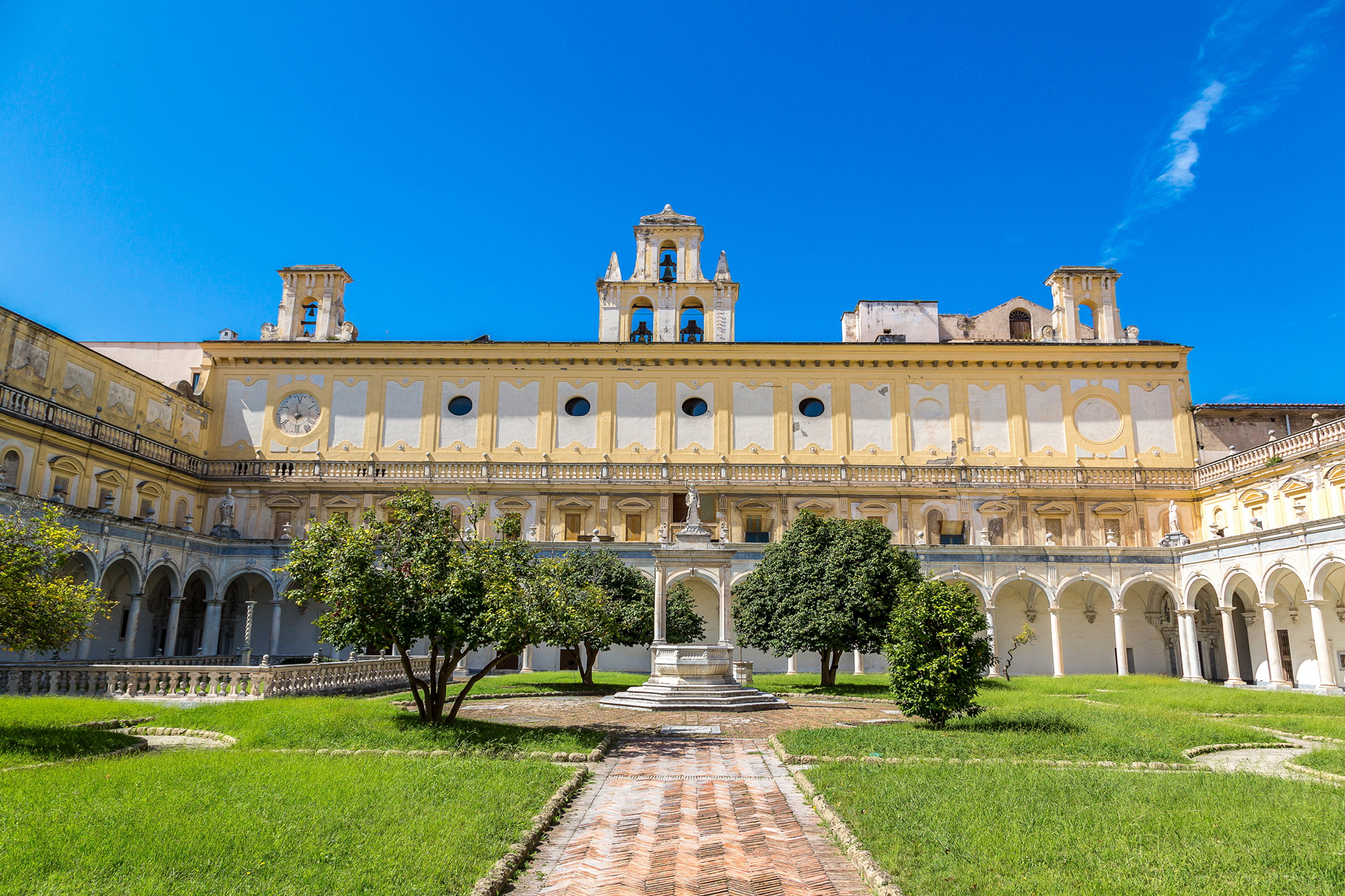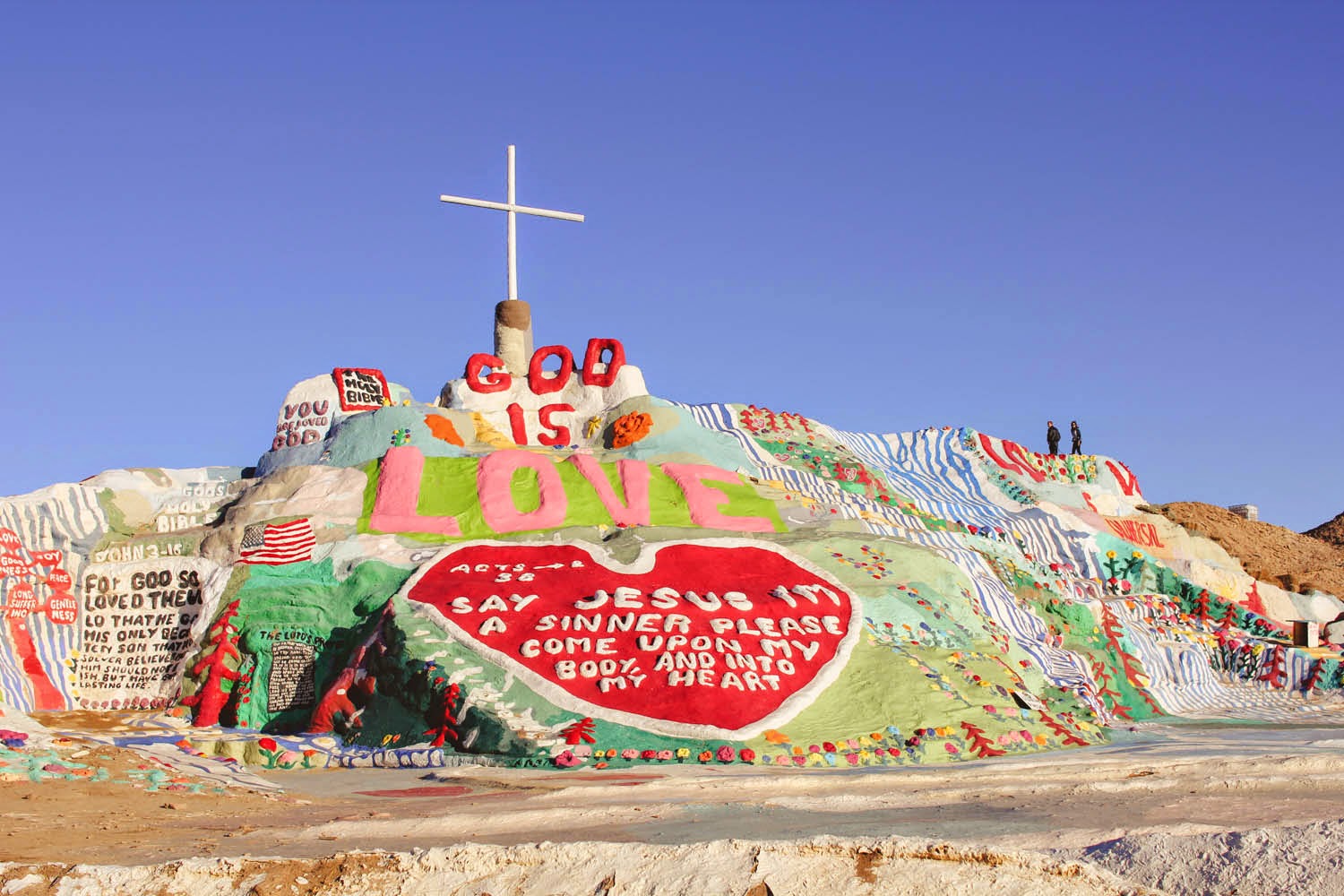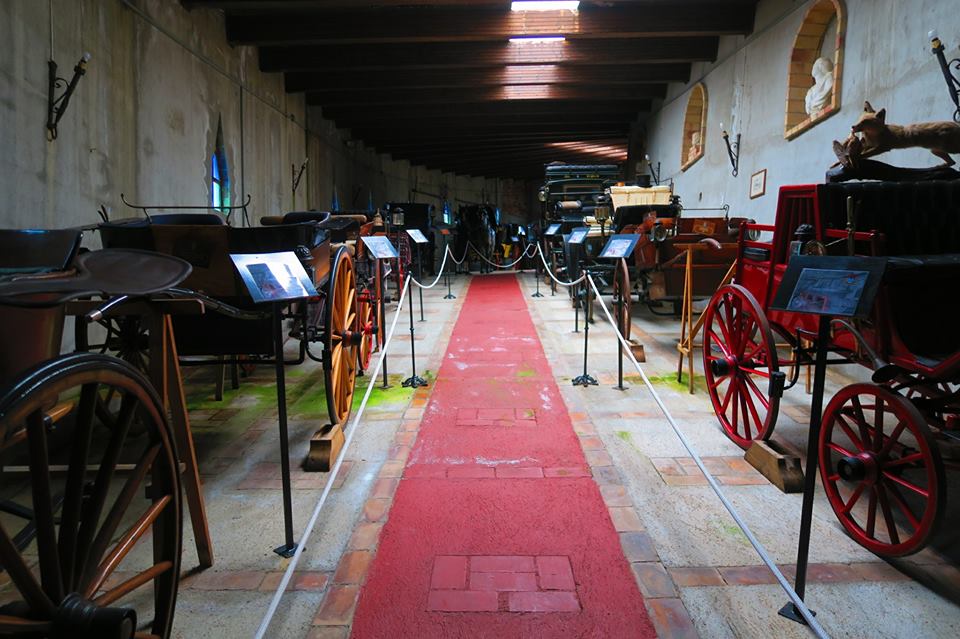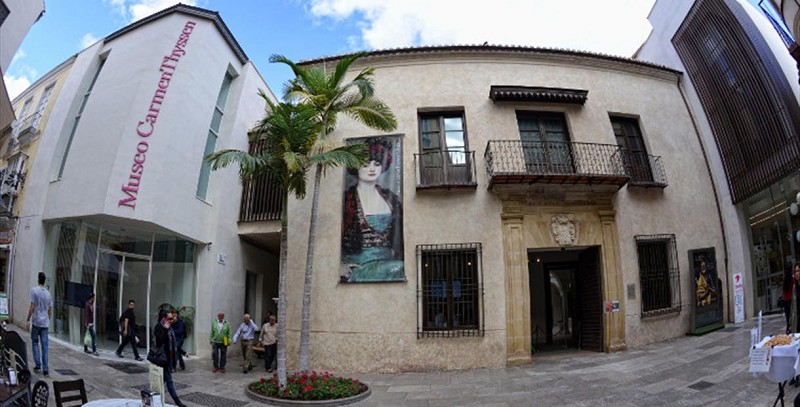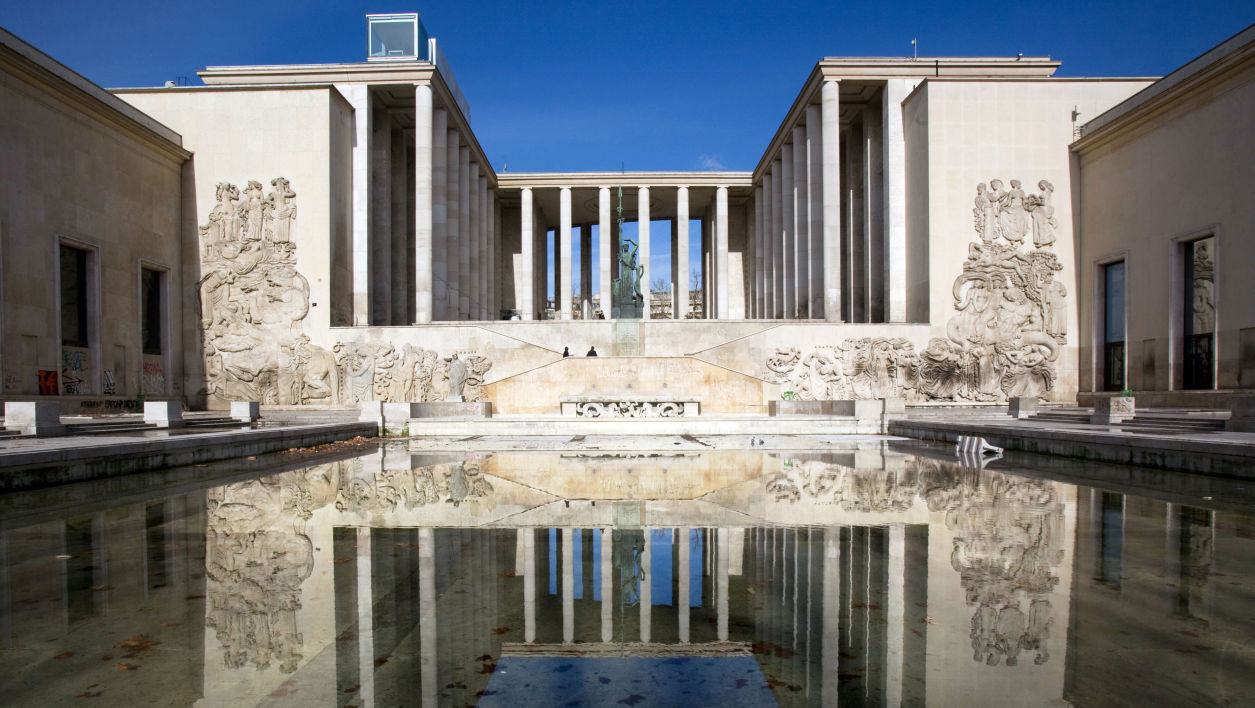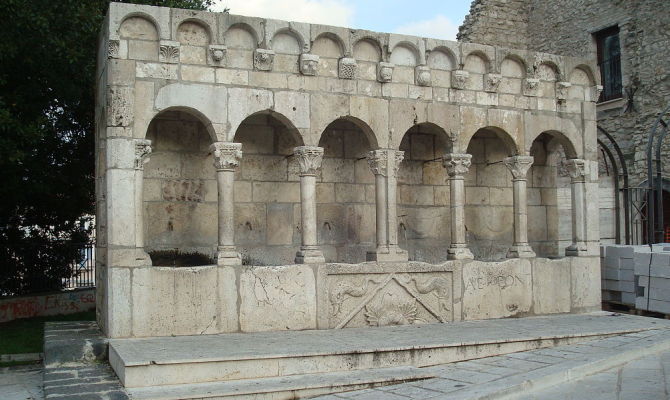The Charterhouse of San Martino was consecrated in 1368. It was given a purely Gothic style which was converted into Baroque in 1600. It will be in the following century that the Chapel of the Magdalene, the Refectory and the Cloister will be annexed.
Among the personalities who worked there stand out Giordano, Vaccaro and De Mura. In 1866 Fiorelli will be the museum that was intended to preserve the "homelands memories" of the city. The Sienese architect and sculptor Tino di Camaino, already famous for the Cathedral of Pisa, and master-builder of the Angevin court, was called to build the Certosa di San Martino. On Tino’s death, the task of architect of the San Martino complex passed to Attanasio Primario. Of the original structure remain the grandiose Gothic underground passages. They represent a remarkable work of engineering necessary to support the building and to form its base along the steep slopes of the hill. From iconographic research and from surveys and observations carried out on the structures of the underground, it is likely that Tino di Camaino’s project incorporated pre-existing defensive structures of the ancient castle of Belforte.
In 1581, a grandiose project of enlargement of the Certosa was started, entrusted to the architect Giovanni Antonio Dosio, destined to transform its severe gothic aspect into the present precious and refined baroque dress. The growing number of monks imposed a radical restructuring of the Chiostro Grande: new cells were built, and the entire water system was revised. The promoter of this new and spectacular appearance of the Certosa di San Martino was Prior Severo Turboli, in office from the last twenty years of the sixteenth century until 1607. The works started under the direction of Dosio, are continued by Giovan Giacomo di Conforto, who will build the monumental cistern of the cloister.
